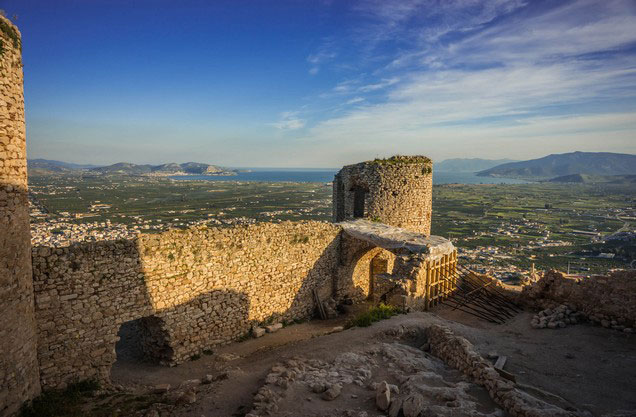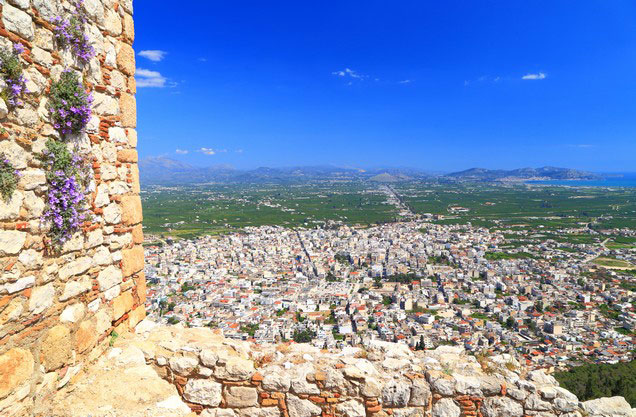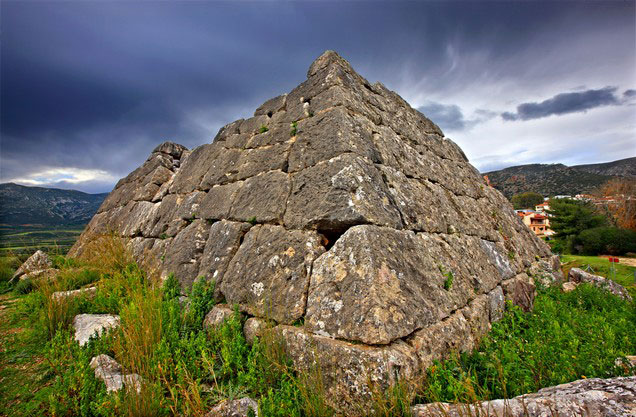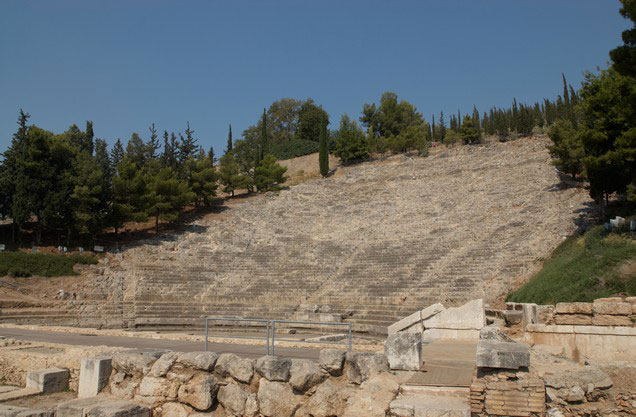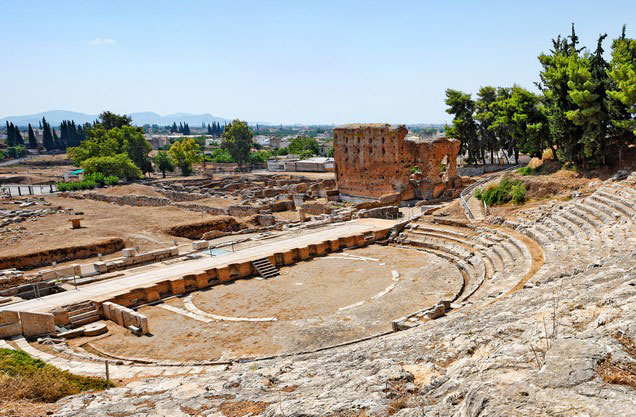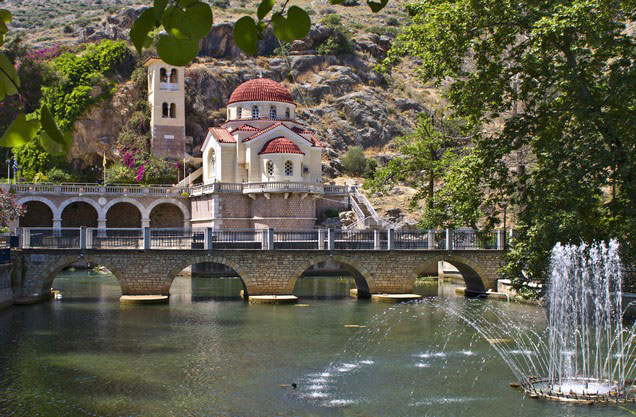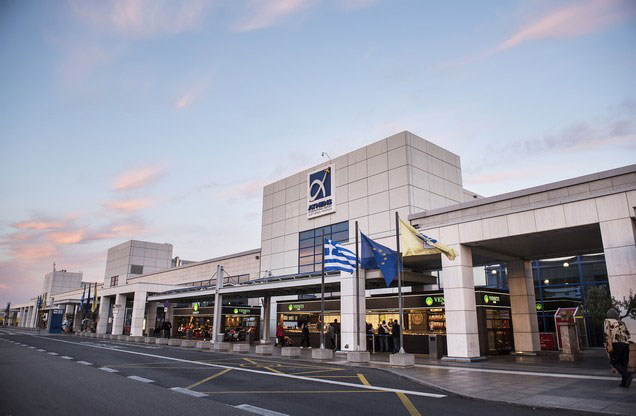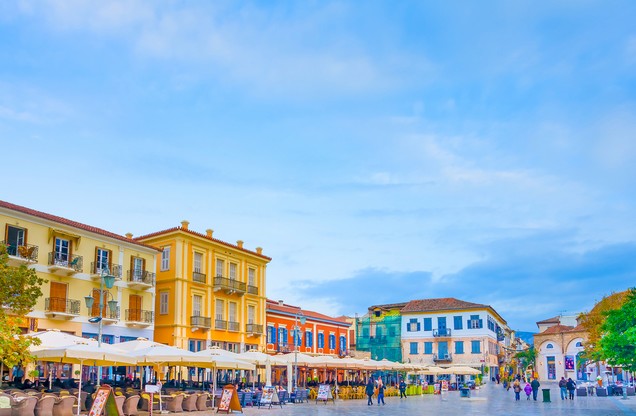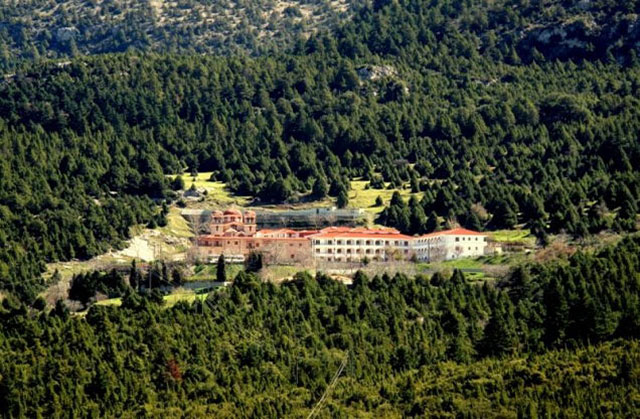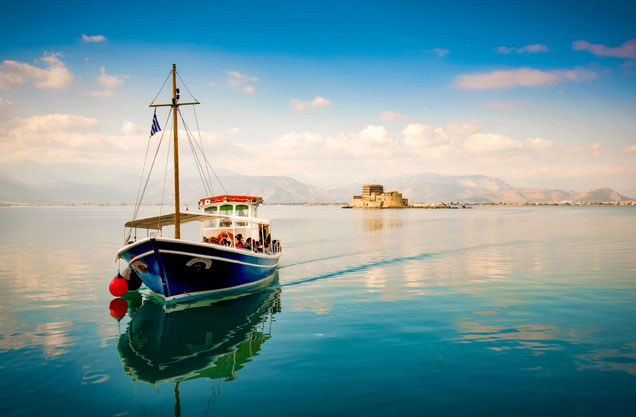Investigating Ancient History: Nafplio to Argos, Greece Cultural Tour
When people think of Greece, their brains usually stray to the famous Acropolis of Athens or the breathtaking islands of Santorini and Mykonos.
Still, Argos, Greece, hidden in the northeastern Peloponnese, is one of Greece's most historically important and strikingly beautiful areas. With a history going back to the Late Bronze Age and beyond, Argos—considered the oldest continuously inhabited city in continental Europe—stands at the center of this area.
Having spent many hours meandering through the ancient Peloponnese alleyways and archeological sites, as a travel writer, I can boldly state that the cultural trip from Nafplio to Argos is one of the most fascinating historical excursions in all of Greece.
This path is about traveling in the footsteps of mythological heroes like Perseus and Hercules, seeing the settings that inspired tragic poets, and connecting with a location where Greek civilization first began, not only about touring ruins.
Starting in elegant Nafplio
The trip starts at Nafplio, maybe the most charming city in Greece. Nafplio offers the ideal base for your research with its Venetian fortification of Palamidi overlooking the red-tiled roofs of the ancient town, small cobblestone lanes, and lovely harbour.
Before starting your Argos tour, I advise to spend at least one night here, maybe having dinner at one of the waterfront tavernas as the sun sets behind the stronghold.
Nafplio is unique not only in appearance but also in strategic orientation. From here, the whole Argolic Gulf and its ancient jewels are within simple reach, which makes this the perfect base for your cultural investigations.
Trek to Lerna: Following Hercules's Footprints
We will enjoy the seaside route along the Argolic Gulf and head 12 kilometers southwest to the current village of Myloi. There lies the archaeological settlement of Lerna where a fabulous monster, Hydra of Lerna, lived in the waters of Lake Lerna, which Hercules killed by completing one of his twelve labors. Excavations (1952-1958), uncover the ruins of a settlement, where continuous settlement was observed from the Neolithic to the Mycenaean times. In the middle of the orange groves lies the archaeological site with a visible Middle Neolithic house known as the "House of Keramas".
Our next stop is the Pyramid of Hellinikon, also known as the Pyramid of Kechri. Situated on a small hill in the village of Elliniko, built on the highway connecting Argos with Tegea of Arcadia, it is considered the best-preserved pyramid of the 26 found in Greece. The dating of the pyramid is the subject of controversy, with the original and most widespread estimation placing it in the 4th century BC century.
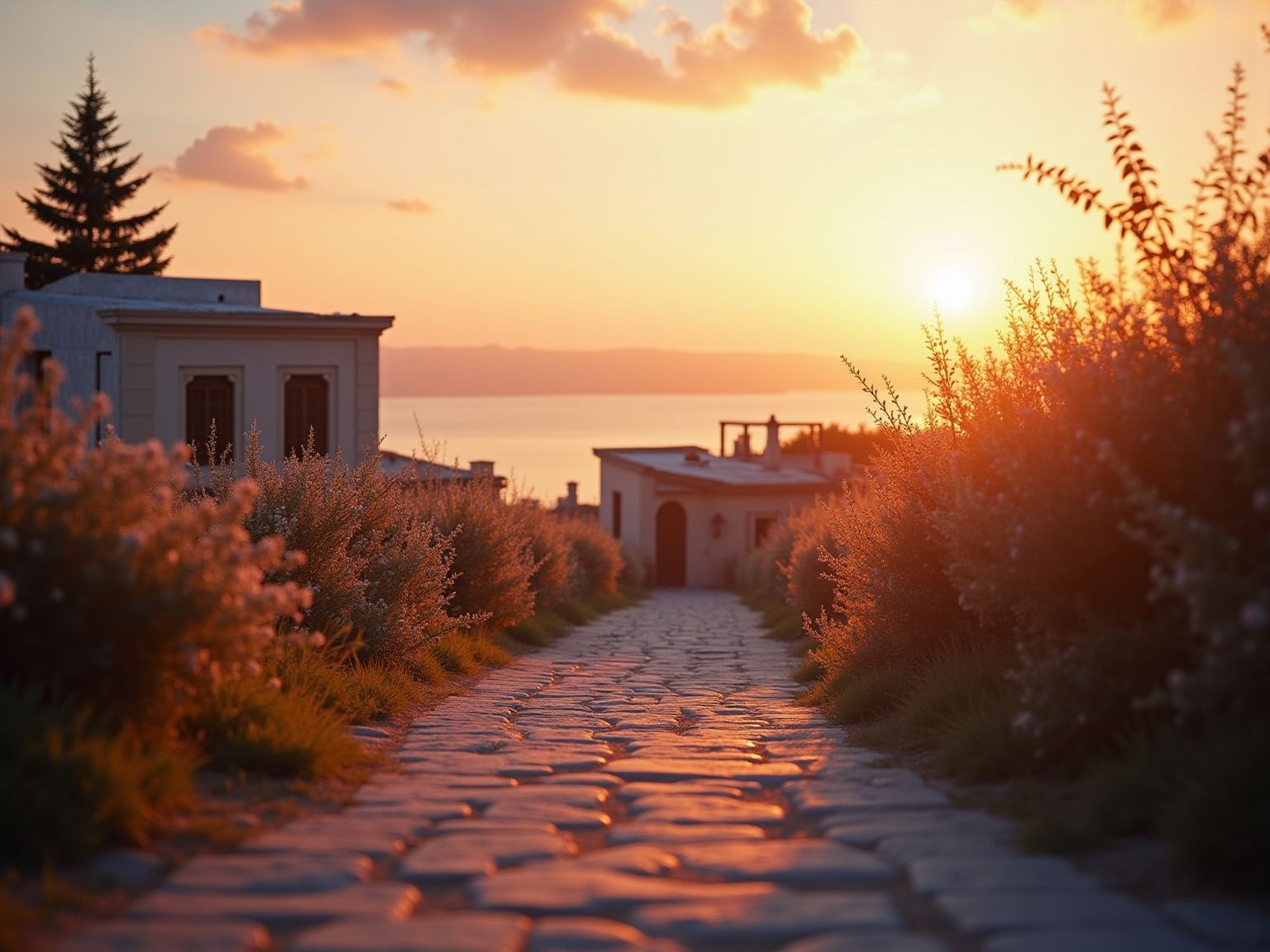
Kefalari, the charming village
Just a short drive from the pyramid, the classic Kefalari village presents a pleasing contrast to the ancient remains. Kefalari has kept its real identity, with stone cottages, small roads, and a tempo of life that seems to belong another age, unlike many Greek communities that have turned to tourism.
Built partly inside a natural cave at the base of Mount Haon, the amazing church of Zoodochos Pigi (Life-giving Spring) becomes the focal point of the community. Dedicated to the Virgin Mary, this peculiar haven has captivated pilgrims for ages. With water from the natural spring regarded by many to have healing qualities, the interior, cold and darkly lighted, fosters a great sense of spirituality.
A natural pond created from spring waters just below the chapel is encircled by tall plane trees offering much of shade.
A midday meal or coffee break would find the ideal backdrop from several classic tavernas and cafés put up next to the sea. Simple pleasures like a Greek salad and local wine have strangely greater significance in this environment. I have spent many pleasant hours here watching the ducks float across the glistening clean river.
Kefalari is far more than merely a halt between archeological sites when combined with natural beauty, spiritual relevance, and real Greek village life. This is a site where one may enjoy modern Greek culture in line with its ancient roots.
Argos Greece: Where Myth and History Meet
The height of our cultural trip is Argos itself, a city whose roots reach back to the start of European civilization. Mythology holds that Inachos, son of the sea deity Oceanus, established Argos about 2000 BCE. Later on, the city came to be connected with the heroes Hercules (who was born here) and Perseus (who killed Medusa), therefore securing its significance in Greek mythology.
The way Argos clearly shows its long past on the contemporary city makes it really unique. Unlike Athens, where historic sites stand somewhat apart from daily life, in Argos, antiquity and modernity live in amazing proximity. Unquestionably, the city's focal point is its old theater, a masterwork of Greek architecture fashioned right into Larissa Hill's rock.
Polykleitos monument at the end of the 5th century BC, the ancient theater of Argos, which is the city's premier cultural monument. Constructed by Polykleitos at the end of the 5th century BC.
The ancient theater of Argos is considered an architectural achievement, as it is carved into a rock. It seats about 20,000 spectators and is one of the largest ancient theaters in Greece. Located at the foot of the south-east side of Larissa castle hill, and the marketplace. It once dominated the ancient city and was visible from the Gulf of Argolis.
Nowadays, the theater is occasionally used for various cultural events. Just opposite the ancient theater of Argos is the ancient market, the shopping center of the Peloponnese. While touring the site, the visitor sees Heroes, in honor of the heroes who campaigned against Thebes under King Adrastos,
While touring the site, the visitor sees Heroes, in honor of the heroes who campaigned against Thebes under King Adrastos at that time, and at that point, an additional monumental site of ancient antiquity, known as the "fortress fire", was found. He is said to have lowered the fire from heaven and delivered it to man. You will also see the ancient Conservatory, the "Palaistra", the "Bouleuterion", the Sanctuaries of Aphrodite and the Apollo Lyceum, places of political gathering, galleries, statues, and remains of a Neolithic settlement.
Our next stop in a historic preserved complex of the city of Argos, which has become known as "Kapodistrias Barracks" where the Byzantine Museum of Argolis is housed.
Here are presented 430 exhibits (ceramics, sculptures, coins, mosaics frescoes, small objects) representative of aspects of Byzantine Argolida.
The exhibition is supported by a variety of interpretative tools, such as texts, photographs, drawings, representations, audio elements, video projections, and emphasis is placed on touch exhibits, so that much of the exhibition is accessible to people with visual impairments, enabling them to paint original works of Byzantine and post-Byzantine times.
After enjoying our day filled with history, culture and beautiful images we will stop for coffee or eat at St. Peter's Square in the heart of the city of Argos. Finally, our tour will end with our return to Nafplion.
Considering the Journey
It's worth considering what makes this area so unique as our cultural trip draws to an end. The Argolid is the cradle of Greek civilization, where mythology moves into history and the roots of Western culture were established; it is not only another location with beautiful vistas and intriguing ruins.
Walking these historic routes is more than just sightseeing; it's a conversation with the past that has persisted millennia without stop. From Neolithic homes to Bronze Age citadels, classical theaters to Byzantine churches, every site contributes another chapter to one of mankind's most ongoing tales.
From the mythological battles of gods and heroes to the daily lives of ancient people, from great public monuments to private homes, this road connects us with the whole spectrum of human experience. The distance between past and present seems to close in Argos and its surrounds, beckoning us to recognize ourselves as part of this ongoing story.
The cultural route from Nafplio to Argos provides something quite rare in our fast-paced world for those looking for more than surface-level travel: a real connection with the origins of Western civilization, experienced in the actual places where that civilization first flowered.
Details
TIME
TYPE
PERIOD
